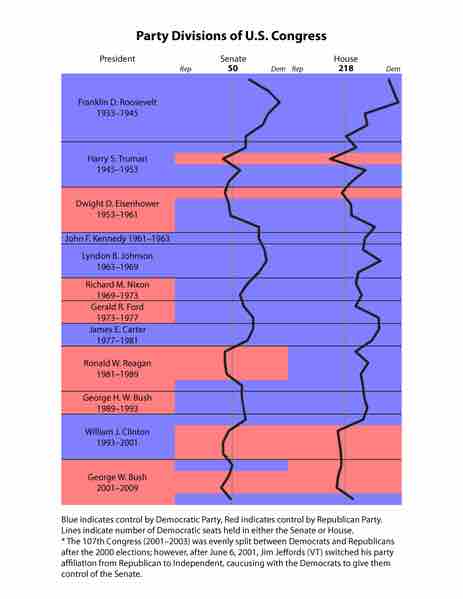Introduction
A majority government is a government formed by a governing party that has an absolute majority of seats in the legislature or parliament in a parliamentary system. This is as opposed to a minority government, where even the largest party wins only a plurality of seats and thus must constantly bargain for support from other parties in order to pass legislation and avoid being defeated on motions of no confidence. The term "majority government" may also be used for a stable coalition of two or more parties to form an absolute majority. One example of such an electoral coalition is in Australia, where the Liberal and National parties have run as an electoral bloc for decades.
Another example is the current coalition government in the United Kingdom, which is composed of the Conservative and Liberal Democratic parties. The conservatives won the most seats of any single party in the 2010 election, but fell short of an absolute majority. However, by combining with the Liberal Democrats a solid majority in the House of Commons was created. This is the first true coalition government in the UK since World War II.
Divided Government
In the United States, divided government describes a situation in which one party controls the White House and another party controls one or both houses of the United States Congress . Divided government is suggested by some to be an undesirable product of the separation of powers in the United States' political system. Earlier in the 20th century, divided government was rare, but since the 1970s it has become increasingly common. Mainly in part due to the Watergate scandal which has popularized the idea that a divided government is a beneficial for the country.
Some conservative and libertarian groups see divided government as beneficial, since it may encourage more policing of those in power by the opposition, as well as limiting spending and the expansion of undesirable laws. In Parliamentary systems such as the United Kingdom, the executive relies on Parliamentary support for its existence. In the United States, however, the constitution is designed to create conflict between the executive and legislative branches of government. Despite the perceived problems of divided government, the President and Congress are often able, out of necessity, to establish an effective working relationship.

Divided Government in the United States
Graphical depiction of the party division of U.S. Congress, 1933-2009.